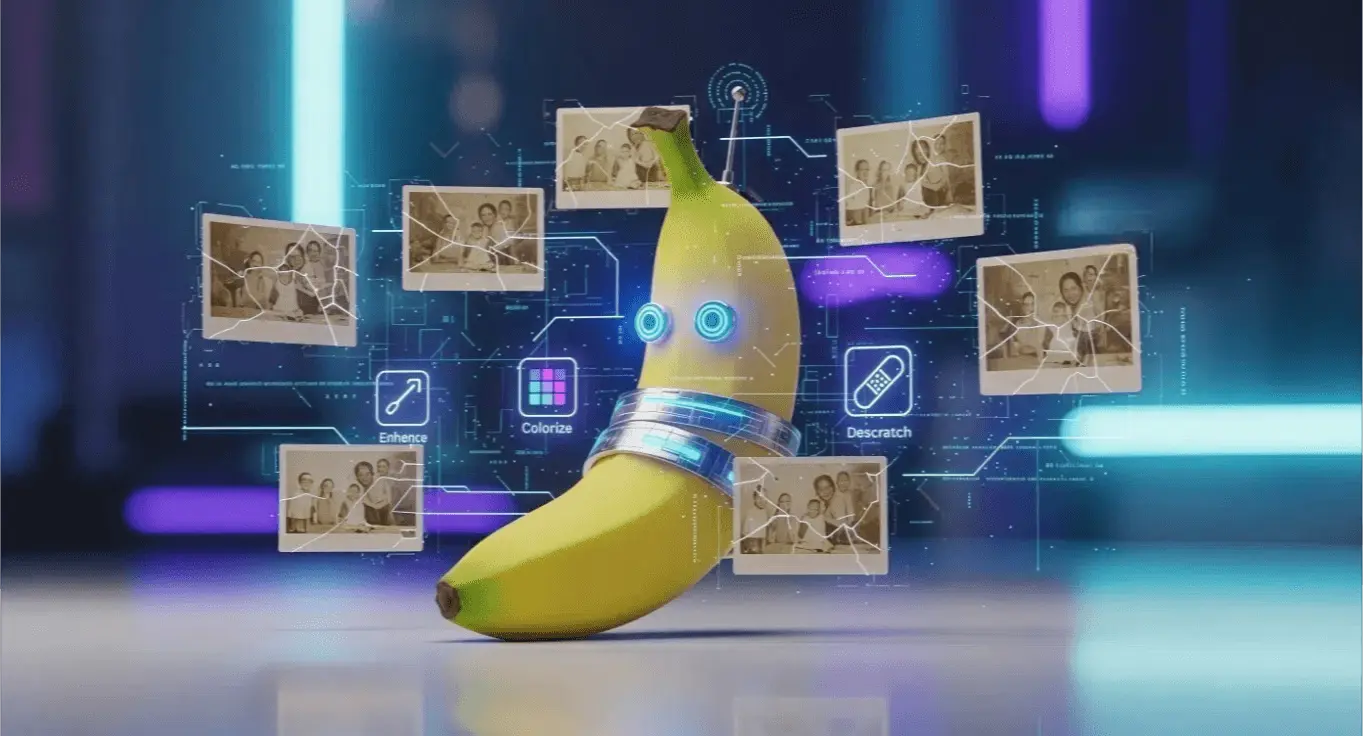
When you woke up this morning, your brain fired into action. It organized your thoughts, planned your day, remembered your cousin’s birthday (maybe), and even helped you decide whether that third cup of coffee was a good idea. It did all this while sipping just 12 watts of power — about the same as an LED bulb.
Compare that to a modern laptop pulling roughly 150 watts just to run Zoom, Slack, and maybe a couple of Chrome tabs. Or a supercomputer burning 21 million watts to crunch numbers at the highest speeds known to machines.
And yet, none of those machines come close to doing what your brain does every second — effortlessly, intuitively, and efficiently.
In 2005, scientists launched the Blue Brain Project, a bold attempt to digitally simulate the human brain neuron by neuron. Using some of the most advanced supercomputers on Earth, they aimed to replicate just one cubic millimeter of a rat’s brain. It took thousands of processors and hundreds of kilowatts of power — and that was just a tiny fraction of a rodent’s brain.
When extrapolated to a full human brain simulation, estimates suggested it would require around 2.7 billion watts — roughly the output of a large nuclear power plant — and it still wouldn’t run in real time (Markram, 2009).
Now, let’s talk about artificial intelligence — the kind that powers tools like ChatGPT. The training of GPT-3, one of the most capable language models in the world, used around 1.3 gigawatt-hours of electricity, according to OpenAI's own estimates. That’s enough to power about 120 U.S. homes for a year.
And each time you ask ChatGPT a question, it consumes roughly 0.34 watt-hours — about the same as running your oven for one second. It doesn't sound like much until you scale it to billions of prompts daily. Then, the energy cost starts to look more like a serious infrastructure concern than a background process.
So how does the human brain pull off this magic trick — outthinking machines while consuming a fraction of the power?
The secret lies in how the brain works. Unlike machines that rely on exact binary logic and high-precision math, the brain is noisy, analog, and adaptive. It uses low-precision spikes rather than high-frequency, lossless signals. It only activates the neurons it needs, and even those vary their firing rates based on context and necessity.
As neuroscientist David Attwell once estimated, action potentials and synaptic transmission — the basic units of brain communication — consume the majority of the brain’s power. But the brain is smart about it: it adapts power use to demand, like a thermostat that learns when to turn itself down.
Another thing machines haven’t quite nailed? Embodied intelligence. Human thinking is not just neurons firing in the skull — it's deeply tied to sensation, movement, and social interaction. We learn by doing, sensing, and experiencing the world in a physical, messy, complex way.
AI, in contrast, often lives in a data center. It may be trained on internet-scale information, but it lacks real-time perception, a sense of body, or the ability to improvise with physical tools. The human brain was never designed in isolation. It's a product of millions of years of evolutionary co-design — with hands, eyes, voices, and societies.
While AI is rapidly improving in capability, its energy demands are starting to become a limiting factor. The real frontier isn’t just bigger models — it’s smarter, leaner ones.
Future breakthroughs may come not from brute computational force, but from systems that behave more like biology: low precision, high efficiency, and context awareness.
Projects like neuromorphic computing (brain-inspired hardware) and spiking neural networks are already trying to mimic this. Some chips, like Intel’s Loihi, are being built to process information more like a human brain does — dynamically and energy-efficiently.
But we’re not there yet. For now, biology still wears the crown when it comes to intelligence per watt.
On this blog, I write about what I love: AI, web design, graphic design, SEO, tech, and cinema, with a personal twist.



